Conseal f research
Conseal f a fluoride releasing light cured pit and fissure sealant.
Performance
- Brearley L, Calache H, Morgan M V., The Retention of Pit & Fissure Sealants in Primary School Children Placed by Dental Health Services, Victoria. School of Dental Science, University of Melbourne, and Dental Health Services Victoria. 1995.
- Conseal F, The Dental Advisor – Volume 20, 2003
- Cheetham T., Sakima T., Shimamura D., Fujiseki M., Aso T, Kawai K., Toyama Y., Nishida E., Miyazaki M., Kondo R., LDA Research 24: Fluoride release light curing pit and fissure sealant – Conseal f, Dental Outlook Vol. 108(No.6); 1082-1087, 2006.
- Hesse D, T Teixiera, R W Rottman, D Raggio, Imparato J C; Sealing Dentinal Cries Lesions in Permanent Teeth, Abstract #52, 57th Annual ORCA Congress, July 2010.
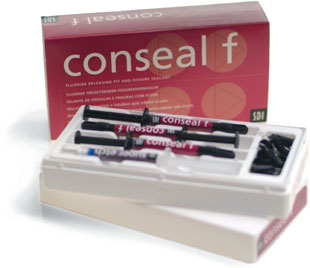
Performance
Brearley L, Calache H, Morgan M V., The Retention of Pit & Fissure Sealants in Primary School Children Placed by Dental Health Services, Victoria. School of Dental Science, University of Melbourne, and Dental Health Services Victoria. 1995.
The benefit of a public sector sealant programme for children in Australia is yet to be established. This study evaluated sealants (Conseal, SDI), placed by therapists of the School Dental Service in Victoria, between 1989 and 1994, on permanent teeth of children in 15 primary schools in Melbourne. Seven hundred and seventy four children aged 6-12 years were examined in school dental clinics by six calibrated examiners. A total of 5363 sealants placed on 2865 permanent teeth (including 2616 first molars, 91% of sample) up to four and a half years previously was examined.
Values for complete and partial sealant retention were highest for premolars (86%, 9% respectively, total 95%); similar for occlusal surfaces of maxillary and mandibular first molars (63%, 30%; 62%, 32% respectively) and buccal pits of mandibular molars (66%); and low for pits/fissures of Carabellis’s cusps of maxillary molars (44%). Cross-sectional examination up to 24 months for both maxillary and mandibular first molars indicated average values of 67% complete retention, 27% partial retention, 6% missing; thereafter complete retention decreased and partial retention increased.
Sealant failures in the six months post-placement were attributed to technique failure.
Regardless of sealant retention, caries experience was low under partially retained or missing sealants (4.5%) and completely retained sealants (0.4%). It is concluded that the SDS sealant programme is a sound preventive dental public health approach.
Conseal demonstrated that the caries level of the 5363 pit and fissures sealed in permanent teeth was negligible in association with completely retained sealants (0.4%) and low under both partially retained and missing sealants (4.5%). The authors concluded that “sealants contribute significantly to dental public health”. They also noted that no instances of failure due to failure of the sealant material per se were observed.
Performance
Conseal F, The Dental Advisor – Volume 20, 2003
Conseal f is a light-cured, fluoride releasing pit and fissure sealant. The sealant material and blue gel etchant feature low viscosity for deep penetration into pits and fissures. The syringe tips and the single-dose complet tips have a narrow 0.41-mm diameter opening for increased control over placement of etchant and sealant.
Consultants appreciated the low viscosity of the sealant along with the narrow tip, which allowed for accurate placement. Both the syringe and unit-dose systems for Conseal f were found to be clean and effective. Eighty-two percent of consultants found Conseal f to be the same or better than their current sealant. Seventy-four percent of consultants would purchase Conseal f, and 90% would recommend it. “Nice needle tip for delivery”, “Flows easily into pits and fissures”, “Both etchant and sealant have a low viscosity”, “Instruction sheet is foolproof”.
Performance
Cheetham T., Sakima T., Shimamura D., Fujiseki M., Aso T, Kawai K., Toyama Y., Nishida E., Miyazaki M., Kondo R., LDA Research 24: Fluoride release light curing pit and fissure sealant – Conseal f, Dental Outlook Vol. 108(No.6); 1082-1087, 2006.
Original article is in Japanese
Summary:
Almost 90% of the researchers intend to continue to use Conseal f, and this may indicate that this product exhibits high maturity in its performance. The 27G syringe tip is very easy to use for sealant procedures, and the flowability of Conseal f is considerably different from other competitor’s products. Most researchers commented that Conseal f had “good flow. 92% of the researchers commented that conseal f was easy to use, 86% of the researchers commented positiviely on the 27G syringe tips. 82% of the researchers commented positively on the flowability of super etch LV.
Overall, about 90% of the researchers reviewed that Conseal f is an excellent products and most of them intend to continue to use Conseal f.
Performance
esse D, Teixiera T, Rottman, Raggio D, Imparato J C; Sealing Dentinal Caries Lesions in Permanent Teeth: Prelimary Results, Abstract #52, 57th Annual ORCA Congress, July 2010 .
Aim: To verify the effect of pit and fissure sealant (Conseal F, made by SDI) in dentinal caries lesions compared to conventional restorative treatment ( Glacier resin composite, made by SDI).
Conclusion: Study concluded pit and fissure sealant is more conservative treatment than using conventional restoration, reducing the progress of dentinal caries lesions and preserving dental structure.
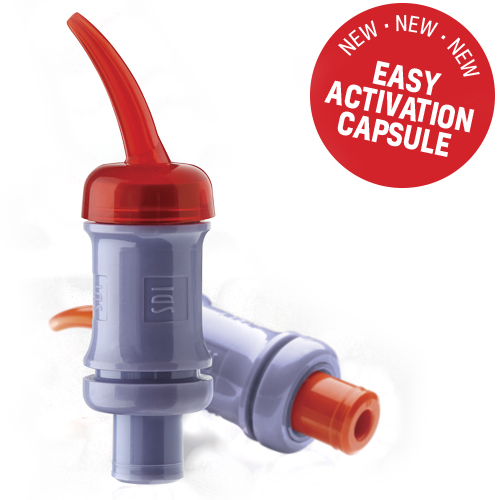
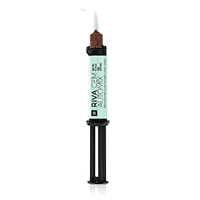
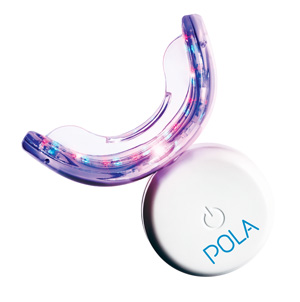
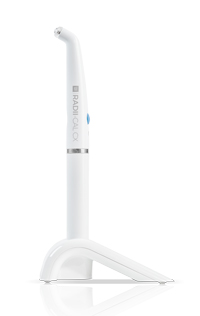
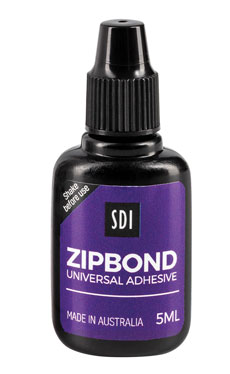


 Australia -
Australia -  New Zealand -
New Zealand - 
 United States -
United States -  Canada -
Canada -  Canada -
Canada -  Central/South America -
Central/South America -  Brazil -
Brazil - 
 Ireland -
Ireland -  Germany -
Germany -  France -
France -  Italy -
Italy -  Spain -
Spain -  Poland -
Poland -  Portugal -
Portugal -  Czech Republic -
Czech Republic -  Other European countries -
Other European countries - 


